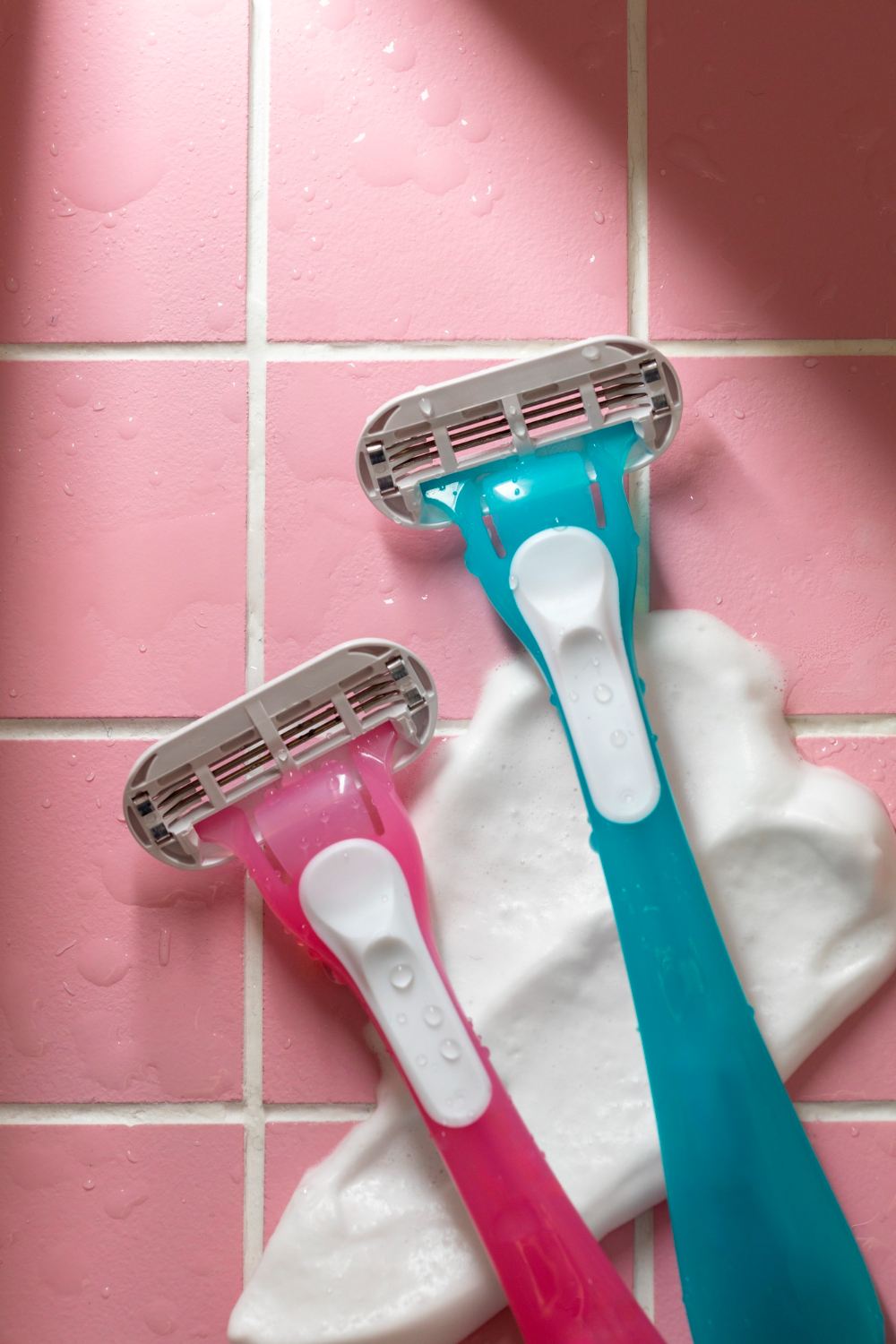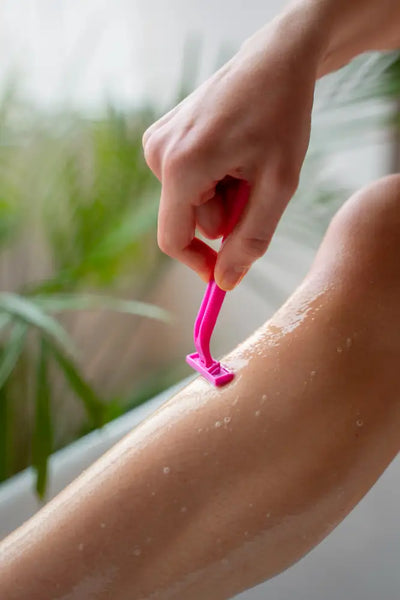Razor Confusion: Pink vs. Blue?
Ever stared at the razor aisle, confused by the sea of pinks and blues? You’re not alone. While it may seem like men’s and women’s razors are vastly different, the reality is they’re built on the same core shaving technology — with some tweaks in design and function tailored to different shaving habits.
🪒 Design & Ergonomics
✨ Handle Shape & Grip
-
Women’s razors: Typically have curved handles, wider grips, and soft-touch materials to make shaving larger, contoured areas (like legs) easier — especially in the shower.
-
Men’s razors: Often more angular, with simpler grips, built for precision on the face.
✨ Handle Length
-
Women’s razors usually feature longer handles to reach areas like the back of the legs.
-
Men’s razors tend to be shorter, since they’re mainly used around the face.
✨ Weight & Balance
-
Men’s razors are often heavier, offering more control for detail work.
-
Women’s razors are generally lighter, which suits full-body shaving.
🔪 Blade Differences at a Glance
| Feature | Women’s Razors | Men’s Razors |
|---|---|---|
| Blade Angle | Less aggressive (30–35°) | More aggressive (~45°) |
| Blade Spacing | Wider | Tighter |
| Blade Count | 3–5 blades | 3–6 blades |
| Moisture Strips | Larger, more hydrating | Smaller lubrication strip |
💡 Extra Features
-
Women’s razors may include built-in soap bars or larger moisture strips for added glide across legs, arms, and underarms.
-
Men’s razors often feature precision trimmers for shaping beards, mustaches, and sideburns.
💸 The Pink Tax is Real
Yes, unfortunately — women’s razors often cost more, despite being almost identical in function to men’s. This pricing gap, often referred to as the “pink tax,” is mostly marketing-driven. Some brands are closing this gap, but it still exists. Want to save? Try a men’s razor — or go high-tech with long-term options like the Lumi IPL from RoseSkinCo.
✅ Bottom Line
The "best" razor isn’t about gender — it’s about what works for your skin, routine, and preferences. Many people actually prefer razors marketed to the opposite gender for better comfort or performance. Don’t be afraid to experiment!
Focus on:
✔ Handle comfort
✔ Blade count & sharpness
✔ Moisture features
✔ Value for money
At the end of the day, your skin doesn’t care what color your razor is — and neither should you.


